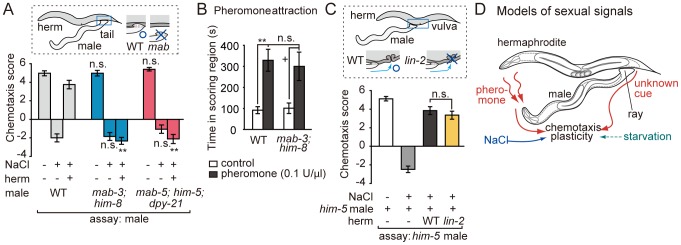Figure 4. Sexual conditioning requires the male tail function.

(A) The mab-3(e1240); him-8(e1489) and mab-5(e1239); him-5(e1490); dpy-21(e428) males were conditioned with the WT hermaphrodites. The him-5 and him-8 mutations were used to increase the incidence of males. The mab-5(e1239); him-5(e1490); dpy-21(e428) hermaphrodites produce dpy hermaphrodites and non-dpy males. These tail-defective males were defective in sexual conditioning. (B) Pheromone attraction assay (0.1 U/µl) of the mab-3(e1240); him-5(e1490) mutant. Tail-defective males respond normally to pheromones. (C) The WT males were conditioned with lin-2(e1309) vulvaless hermaphrodites. Vulvaless hermaphrodites can provide the cue for sexual conditioning. (D) Model for the sexual signals transmitted from hermaphrodites to males in sexual conditioning. The hermaphrodite pheromone and another cue are both required for sexual conditioning, and may be detected by the head and tale sensory systems of males, respectively. **, P<0.001; +, P<0.05; n.s., not significant. Error bars represent SEM. n = 49–69 animals for salt chemotaxis assay, and 16–27 animals for pheromone attraction assay.
